Home>Ideas and Tips>Nautical Nuances: Seafaring Style For Landlubbers


Ideas and Tips
Nautical Nuances: Seafaring Style For Landlubbers
Published: October 22, 2024
Discover the rich history, expressions, and modern culture of seafaring style, perfect for landlubbers eager to embrace nautical nuances.
(Many of the links in this article redirect to a specific reviewed product. Your purchase of these products through affiliate links helps to generate commission for Storables.com, at no extra cost. Learn more)
Introduction
The sea has long been a source of fascination and inspiration for people around the world. From the majestic ocean liners of the past to the modern-day sailboats and yachts, the nautical world is filled with its own unique culture and terminology. For those who are not familiar with the sea, understanding these nuances can be both intriguing and challenging. In this article, we will delve into the world of nautical expressions, maritime history, and the cultural significance of seafaring traditions.
Read more: Seafaring Style For Landlubbers At Home
Maritime History and Ephemera
One of the most fascinating aspects of maritime history is the ephemera associated with ocean travel. Katherine Anne Porter's novel "Ship of Fools" beautifully captures this era through its detailed descriptions of shipboard life during the Interwar period. The novel highlights how passengers formed attachments aboard ships, which were then reinforced by the repeated display of the ship's name throughout the vessel. This repetition was evident in everything from glassware and dishes to curtains and furniture, creating a sense of community among passengers.
Porter's novel, which charts the voyage of the North German Lloyd ship S.S. Vera from Veracruz, Mexico to Bremerhaven, Germany in 1931, provides a historical context that emphasizes the potential and promise of transnationalism. The ship was not just a mode of transportation but a contained society where passengers adopted new commitments and formed temporary havens. The inclusion of ephemeral materials such as tickets, seating cards, cabin cards, shipboard newspapers, and lunch and dinner menus adds depth to the narrative, reflecting the social order created by these documents.
Nautical Expressions in Everyday Language
Many nautical expressions have become part of our everyday language, often without us realizing their origin. These expressions range from "splice the mainbrace" to "three sheets to the wind." Let's explore some of these expressions and their origins.
Booze
Sailors and alcohol have long been associated. One of the most famous sea shanties is "What Shall We Do with the Drunken Sailor?" which involves various forms of punishment for the poor chap. Another expression is "splice the mainbrace," which means an extra issue or tot of rum for the ship's company on the occasion of a job well done. This tradition originated in sailing ships when splicing the mainbrace was a difficult task that required teamwork and skill.
Beatings
If any sailor got too blotto on board, he ran the risk of being punished. Commanding officers in the Royal Navy sometimes yelled "Gangway!" which was an order to lower ranks to get out of their way. The gangway itself held an important place aboard even primitive vessels and was used as a boarded gap between rowers in slave galley ships.
Bodies
Nautical expressions also touch upon body-related themes. For example, "give me a hand" simply means can you help me for a moment? However, this request is for 'a hand' (singular) because one of the rules at sea is that a mariner must always keep 'one hand free for himself'—especially in stormy weather—to hold on to the rigging for safety reasons.
The Rule of Law at Sea
The concept of the rule of law extends to the sea just as human rights do. However, there are conceptual difficulties in extending this traditionally terrene ideal seaward. Jeremy Bentham once called a ship an ‘ambulatory province,’ encouraging the juridical view that ships flying a state's flag are floating territories of that state.
The rule of law for oceans would not be an exercise in extra-territoriality but rather a straightforward expansion of a state's territory. This view brings about an elegant symmetry between human rights and the rule of law at sea: just as human rights attach to people, so does the rule of law apply to territory and extend to the sea by way of ships as mobile extensions of a state's territory.
Modern-Day Maritime Culture
In modern times, maritime culture continues to evolve with new technologies and events. For instance, the upcoming America's Cup 37 in Barcelona has sparked both excitement and skepticism among locals. The influx of tourists and sailing enthusiasts promises to transform Barcelona into a nautical Narnia but also raises concerns about cultural representation and economic impact.
Catalonians are proud of their sea-faring heritage but feel overwhelmed by the sudden influx of sailing novices. The demand for paella is expected to skyrocket, but locals fear that this beloved dish will be misrepresented or misunderstood by well-meaning but misguided visitors. Additionally, increased prices and tacky souvenir shops have locals clutching their wallets in collective agony.
Read also: 15 Amazing Nautical Wine Rack For 2025
Sail-to-Surf Trips: A Unique Experience
Navigating the nuances and vagaries of sailing to less-than-ideal anchorages to surf is one of the most challenging yet rewarding activities one can experience. Sail-to-surf trips require a deep understanding of seamanship and good surfing skills. For example, finding a good wave doesn't necessarily translate to a safe and comfortable anchorage.
The allure of sail-to-surf trips lies in access—being able to explore places that most landlubbers may not reach. However, this comes with its own set of challenges. For instance, navigating through fickle surf conditions requires careful planning and execution. The tension between good seamanship and good surfing is ever-present in these trips.
Conclusion
Understanding nautical nuances is not just about learning new terms; it's about appreciating the rich cultural heritage and history behind them. From the ephemeral materials of ocean liners to modern-day sailing events like the America's Cup, each aspect contributes to a broader narrative about human connection with the sea.
As we continue to explore and interact with the maritime world, it's essential to respect both its historical significance and its contemporary challenges. Whether you're a seasoned sailor or just starting out with nautical expressions, embracing these nuances can enrich your understanding of our shared human experience.
References Katherine Anne Porter's Ship of Fools and the Ephemeral Promise of Transnationalism. Open Library Humanities. 2025-08-27. Maritime Rule of Law: Some Preliminaries. SpringerLink. 2025-03-15. Shiver My Timbers: Maritime Sayings Used by Landlubbers in Everyday Speech. The Hull Hub. 2020-06-24. Sail to Surf: One Passion Enables Another. 48° North. 2021-06-10. AC GPT | Sailing Anarchy Forums. Sailing Anarchy Forums. 2025-11-20.
Was this page helpful?
At Storables.com, we guarantee accurate and reliable information. Our content, validated by Expert Board Contributors, is crafted following stringent Editorial Policies. We're committed to providing you with well-researched, expert-backed insights for all your informational needs.
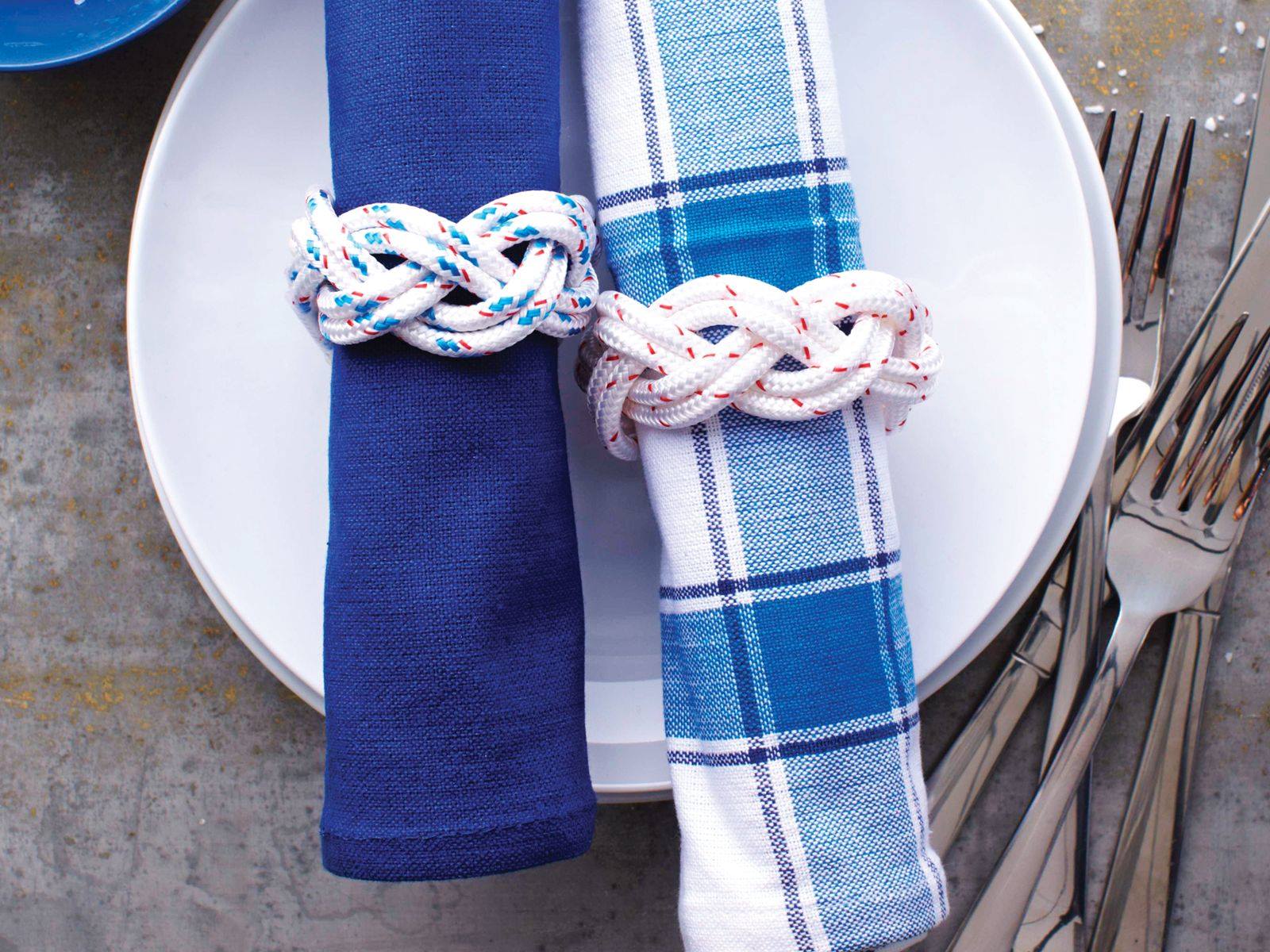
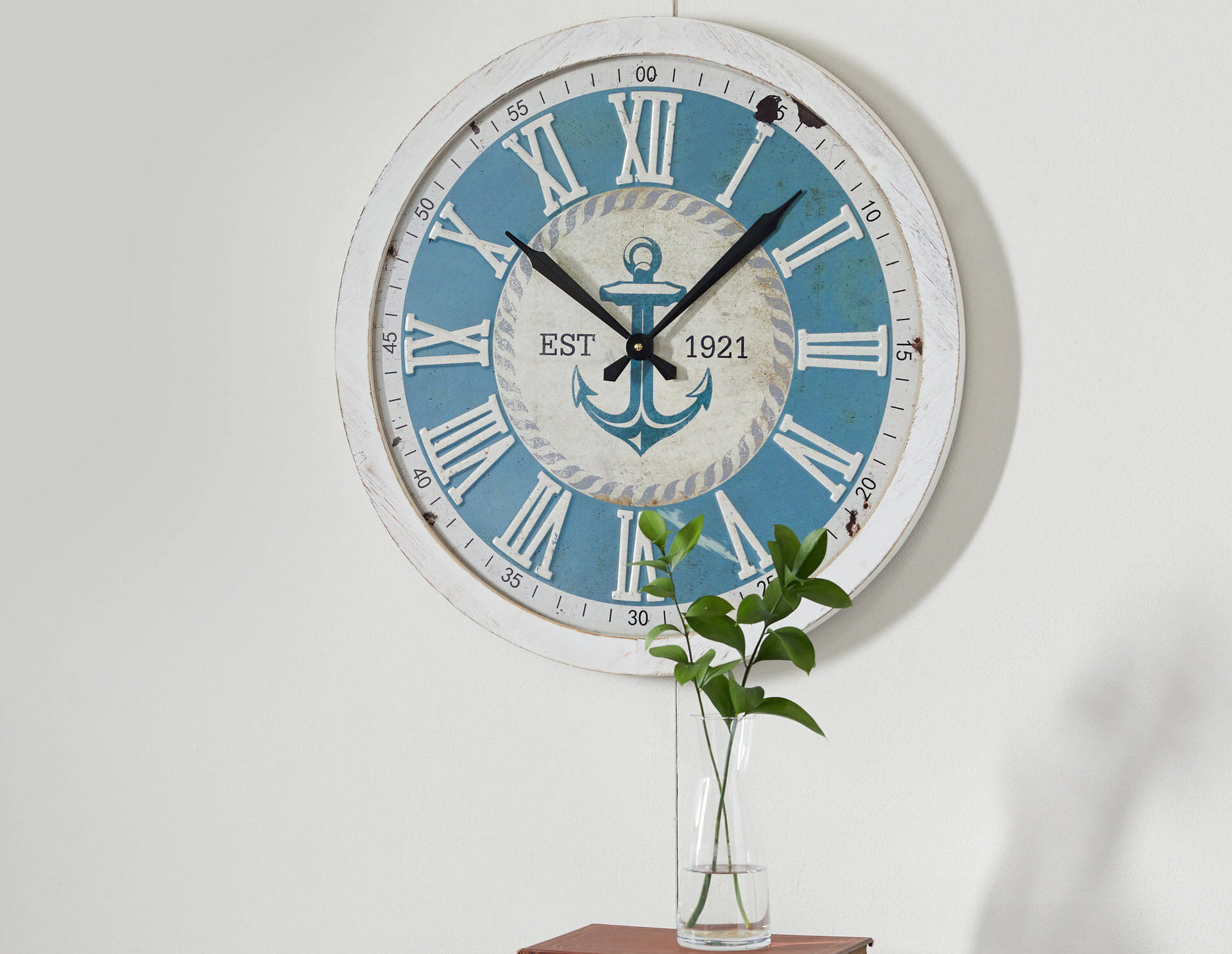

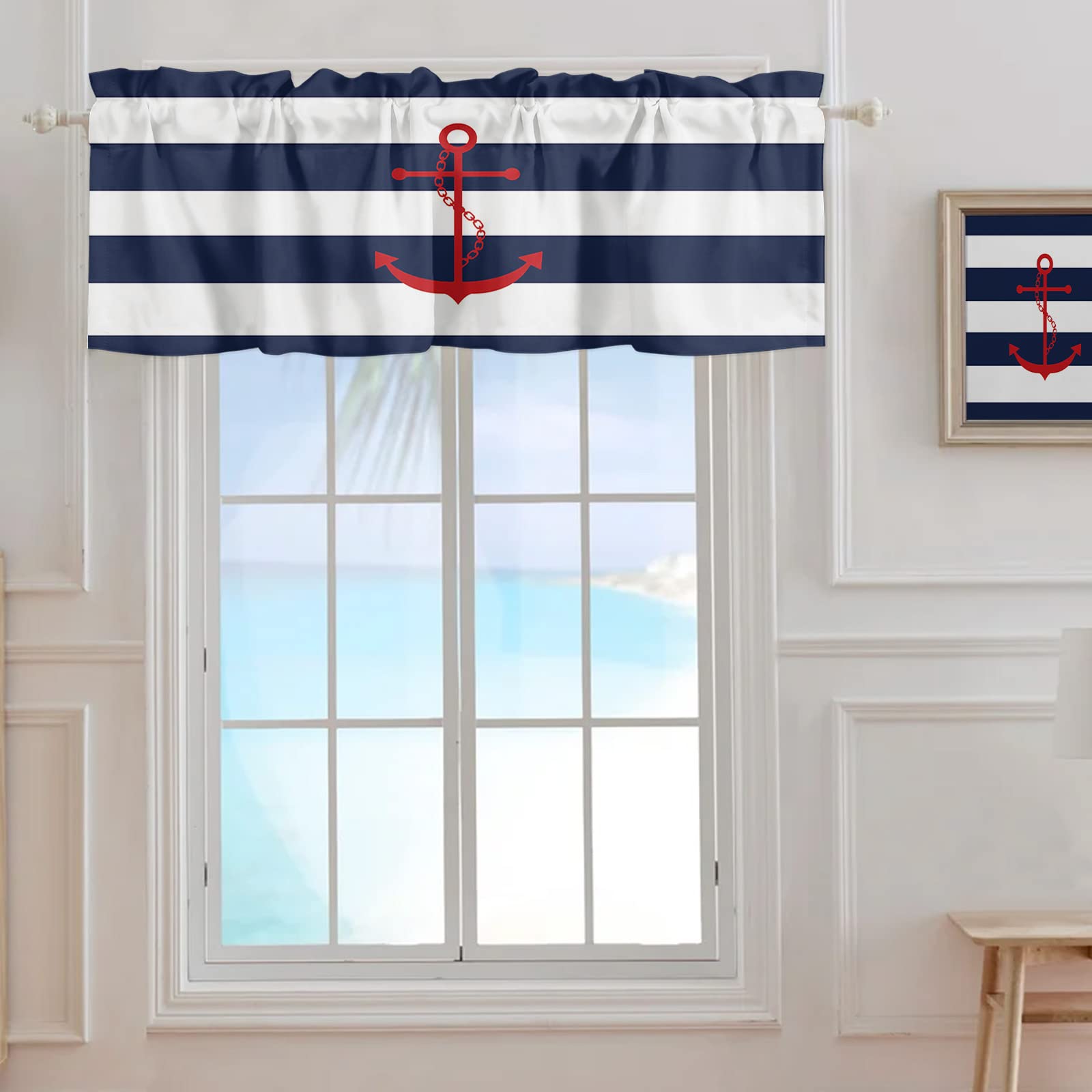
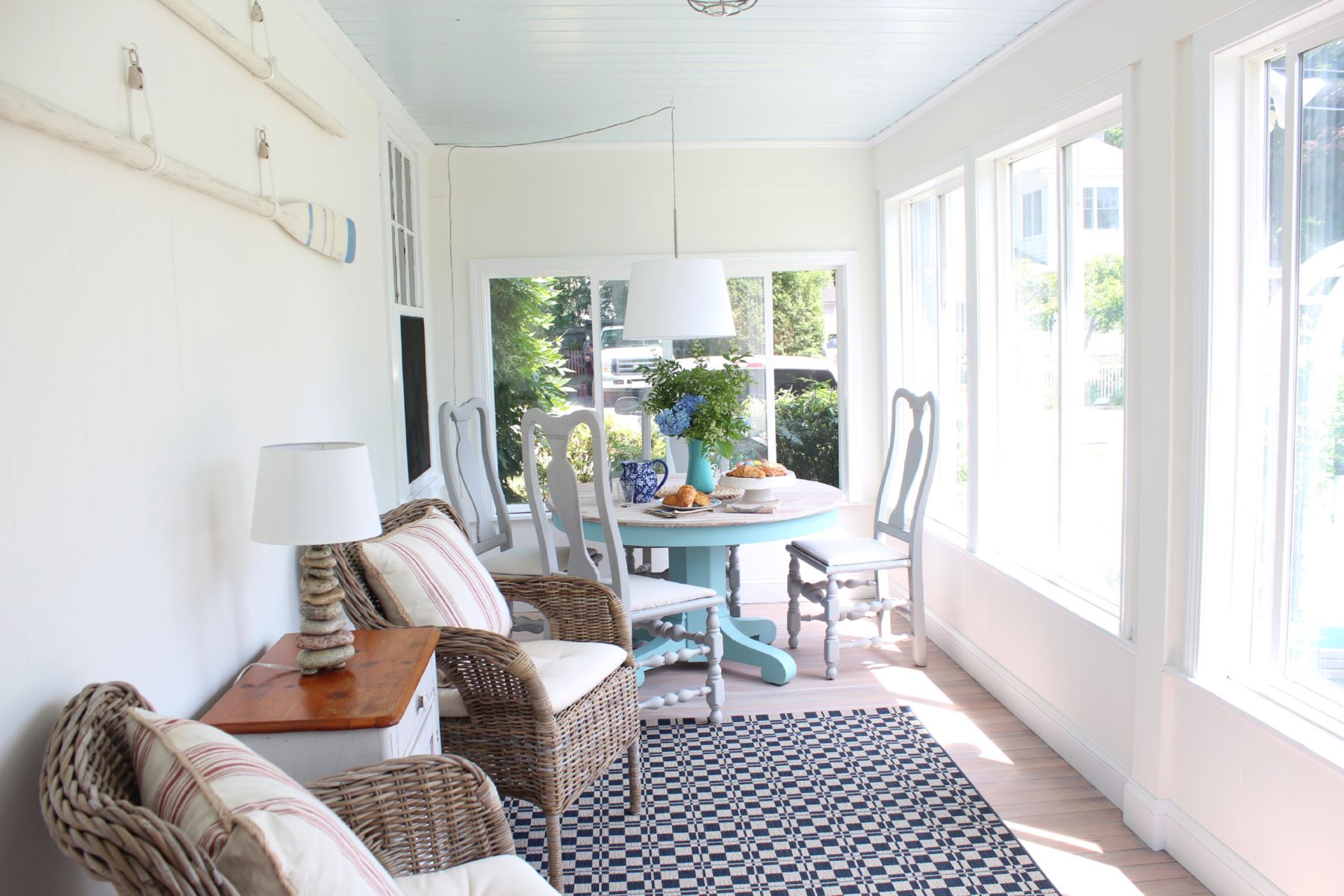

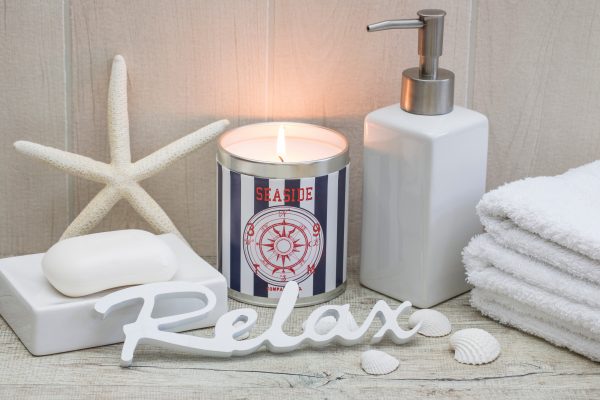








0 thoughts on “Nautical Nuances: Seafaring Style For Landlubbers”